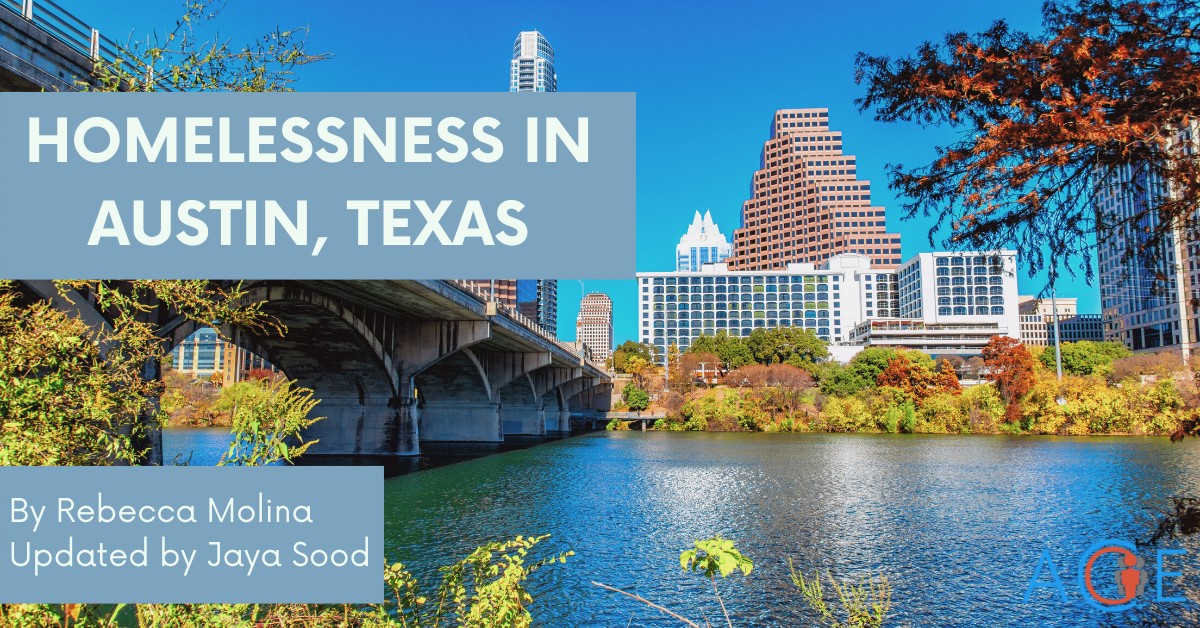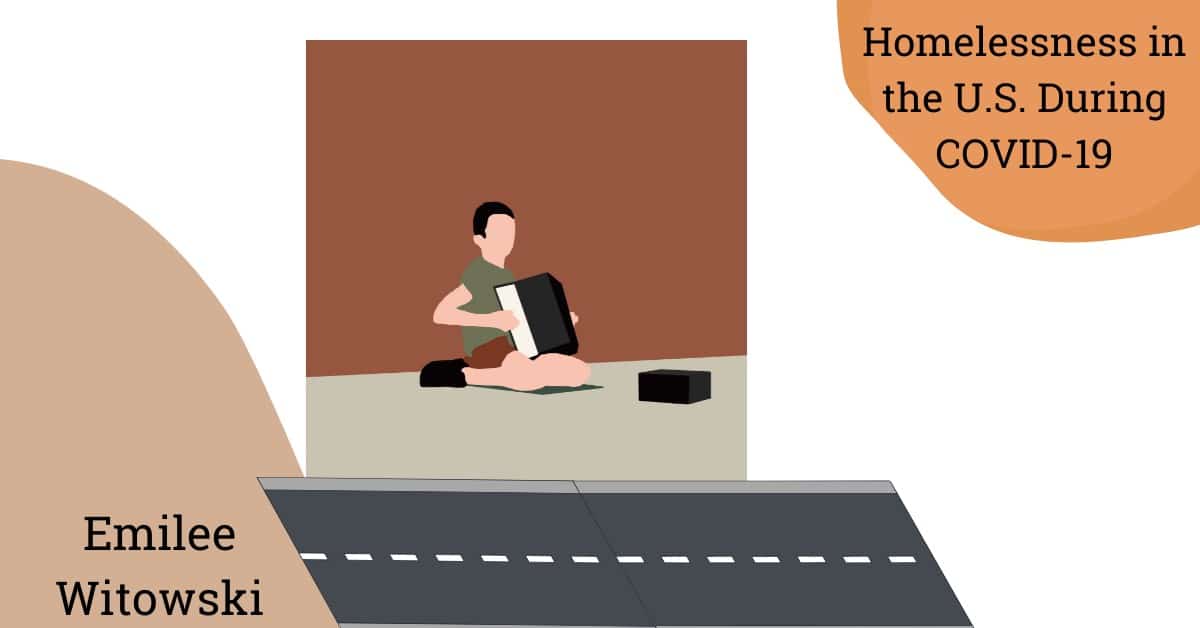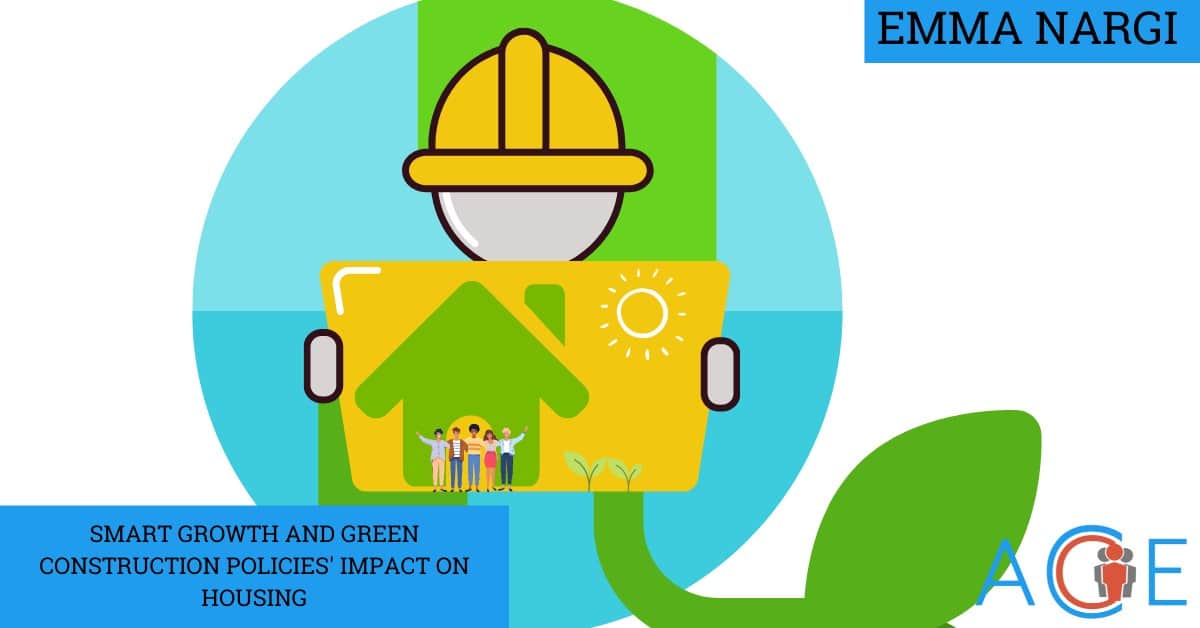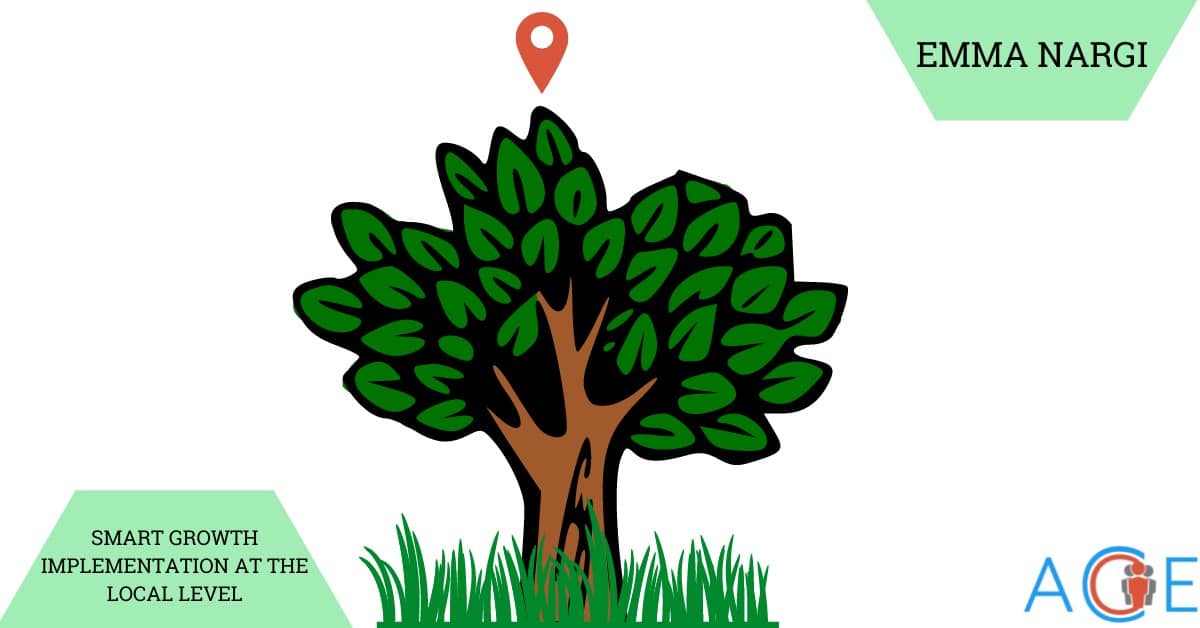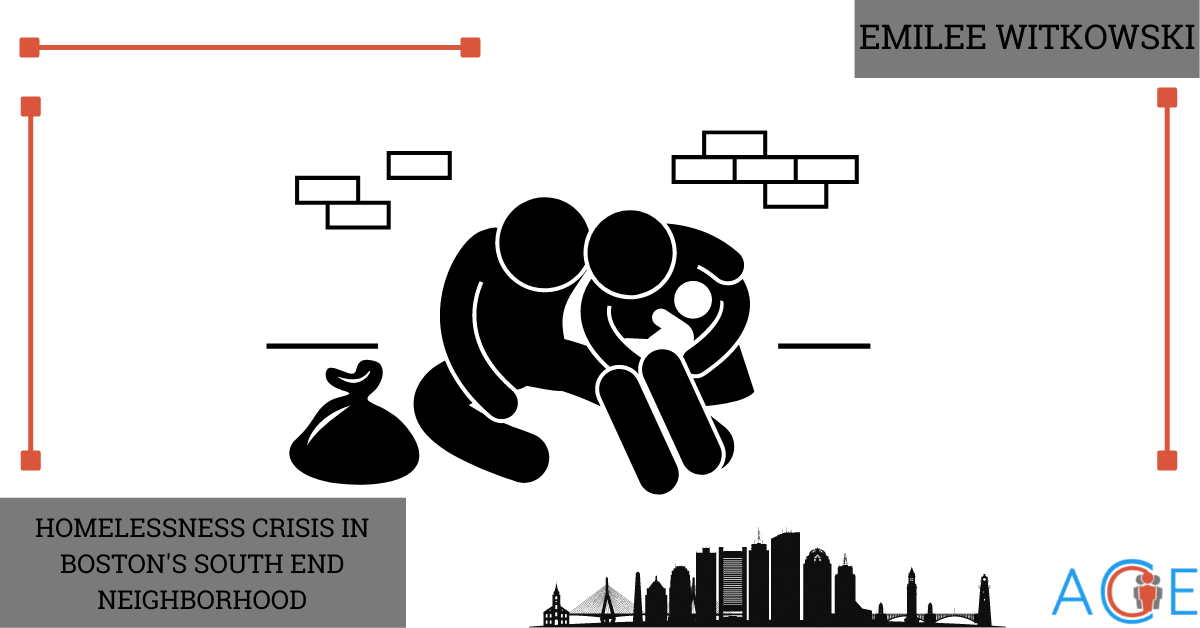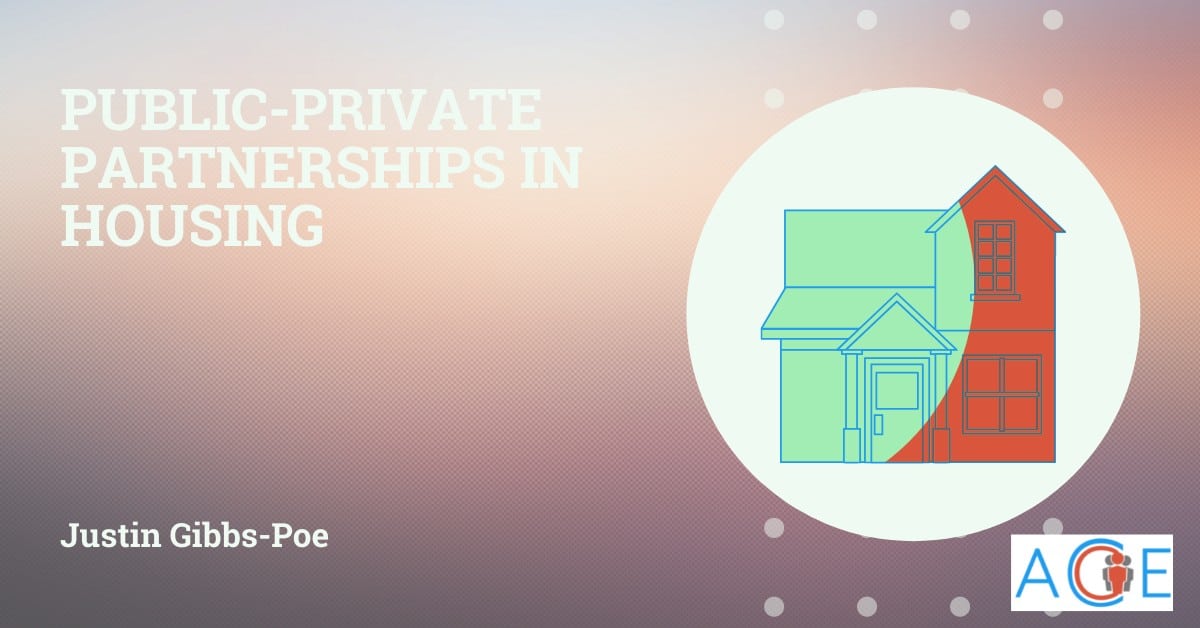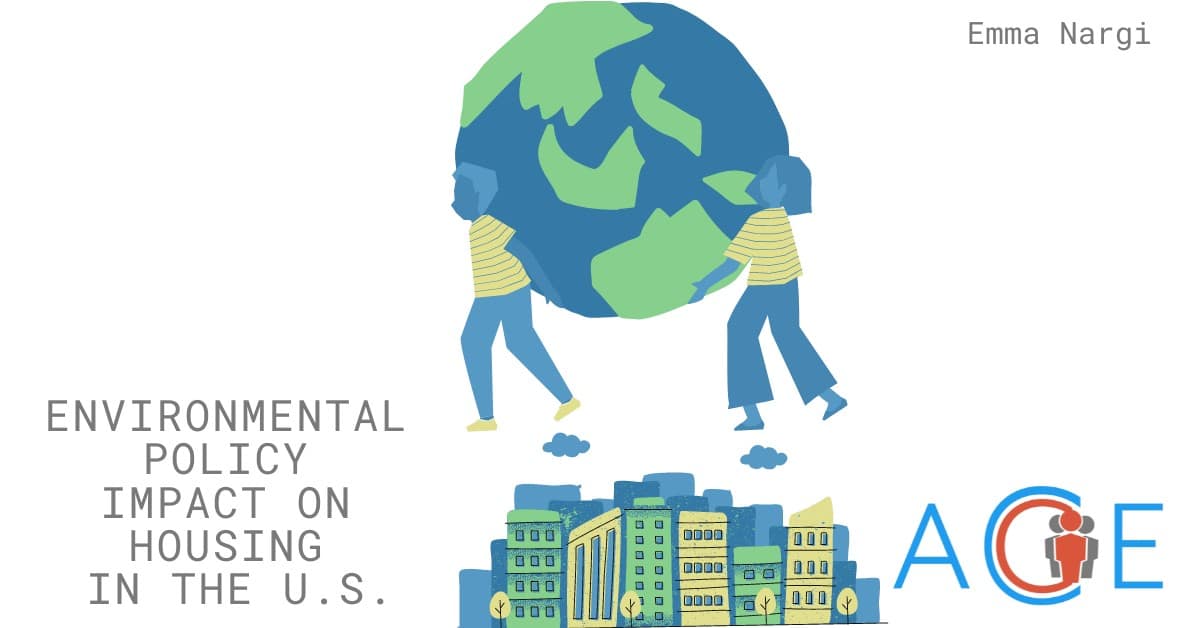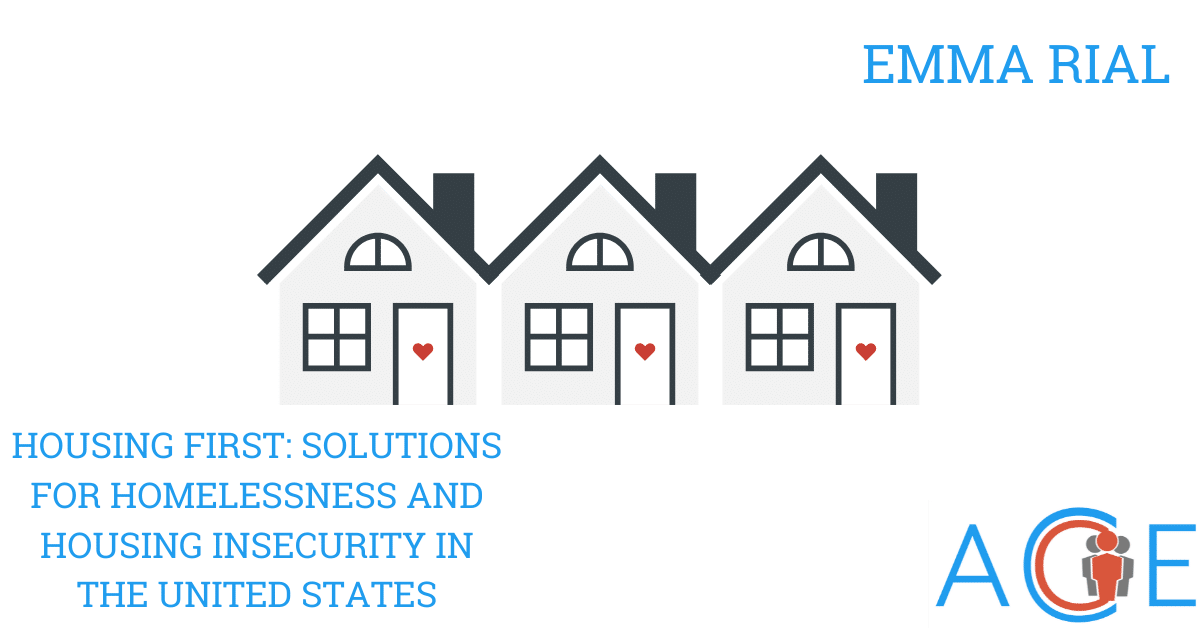Steps Towards Smart Growth
The Goal: to create an attractive, livable area with walkable amenities and residences, while simultaneously cutting down on suburban sprawl, traffic, and new roads and infrastructure.
Identifying the Bones
Identifying the bones refers to identifying the most attractive, unique, and important parts of an area. For some spaces, it could be that they are a gateway to a major national park, a main street, a historical downtown, open spaces, etc. The first step in this process is identifying the features of an area which have the most appeal. Afterwards, city planners build around these parts to create an overall livelier town. Some examples of these “bones” are New Orleans, Louisiana’s French Quarter; Charleston, South Carolina’s Historical District and beach, and Charlottesville, Virginia’s gateway to Shenandoah Valley National Park, University of Virginia and Jefferson’s Monticello. After identification, it is necessary to examine current growth trends to understand whether these will slow or increase. It is also pivotal to understand the town’s dynamics and relations to the area surrounding the “bones,” such as whether the town operates as a commuter town into another area or vice-versa. These dynamics will affect what smart growth looks like, and may provide an incentive to create different types of public transportation.
Education and Polling
A key part of the process is understanding how the residents of an area will respond to a smart growth program. The local government should take steps towards educating their residents about the possible benefits of smart growth. These steps would likely involve the creation of pamphlets, PSAs, local news articles, and more, while also involving local business owners as a means of promoting the program. Polling can happen after various plans are drawn to examine what appeals to the residents and best fits the town.
Zoning and Housing
The next step is to adjust zoning regulations to allow for new development. Zoning regulations should be changed or adapted to favor high density residential areas. Typically, suburban zoning is more difficult to change since these areas generally have more incentive and more political power than other ones do. However, transitioning developed areas into higher-density areas helps to prevent further sprawl. In some instances it would be easier to pass high density zoning measures by appealing to the more “removed” governments – i.e., the state rather than the local government, and in some areas, the local government rather than the HOA (Homeowner’s Association).
Along with these regulations, many cities elect to include affordable housing requirements for new developments. Affordable housing is one of the primary reasons for suburban sprawl; therefore, creating affordable housing within a walkable distance to shopping, groceries, businesses, etc. could reduce the overall sprawl, as well as land per unit, walls per unit, infrastructure, and more. Reducing sprawl is important as it protects farmlands, habitats and more. Typically, they approach this through inclusionary zoning, which ties the affordable housing development to the market-rate housing development by incentivizing or requiring specific percentages of units in new developments to be affordable for households with certain income ranges. One method by which affordable housing zones or laws are implemented is by requiring one-quarter of new units to be affordably priced for a period of 5-15 years. This differs depending on the city, but overall allows for a variety of income levels to live within walkable distance. Generally speaking, those who oppose inclusionary zoning oppose it because they believe that the market alone should dictate housing and rental prices. In addition, inclusive zoning often faces opposition from existing residents, because it can change low-density, suburban areas into more high-density semi-urban areas. Those opposed feel that existing residents should be able to select what type of community they wish to live in, and local decision making should be respected. In this way, the preferences of more privileged residents who already own homes in the area come into conflict with less privileged residents currently priced out of the area. For more information on inclusive zoning, see ACE’s brief on the subject.
Zoning regulations could also be adjusted to allow for mixed-zoning – residential and commercial. This facilitates walkability by creating jobs and amenities close to residences. Implementing parking maximums rather than parking minimums will limit the amount of land used for parking lots. Parking minimums are the most common form of government regulation in regard to parking. They ensure that certain types of businesses and restaurants have adequate parking for customers. However, parking lots contribute to sprawl heavily and space buildings out further than necessary which discourages walking. Parking maximums limit the amount of parking that a business can have by capping the number of spaces. By having parking maximums, the town or locale can control where and how much parking is available to help to concentrate the activities, amenities, and residences. Parking maximums can be difficult to adjust to, especially in areas where the majority of transportation is done by car. Businesses do have to worry that if they have insufficient parking or no parking that customers will choose other businesses. Thus if this method is used, it is generally in the best interest of the business owners to have the maximums applied to a region of a town such as a downtown so that all businesses have the same parameters.
Afterwards, tax incentives can be used to push developers and consumers to build and live in more central areas. This also discourages sprawl, and saves farmlands, habitats and more. A split-rate tax, when incentives are used to encourage developing existing areas rather than undeveloped areas, may also be used to incentivize redeveloping brownfields (a property that has known or potential contamination – the EPA provides grants for cleaning up these sites). This will help save money by centralizing infrastructure such as sewer, energy, and roadways.
Beyond the Local Level
The state can facilitate smart growth at the local level. Maryland recently created a cabinet position that focuses on smart growth, as well as an office dedicated to smart growth. Similarly, New Jersey Governor James McGreevey announced smart growth as a central issue for his office and established a Smart Growth Policy Council. Because these steps for smart growth are generally only conceivable at a local level, the support from state and federal governments could come in the form of grants, resource offices with smart growth specialists, or subsidies for areas implementing smart growth. At the federal level, the EPA advocates for smart growth and provides funding in the form of grants for smart growth features, however, there have also been a few federal officeholders that have advocated for smart growth policies within Congress and other bureaucracies.
